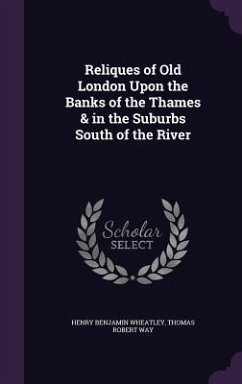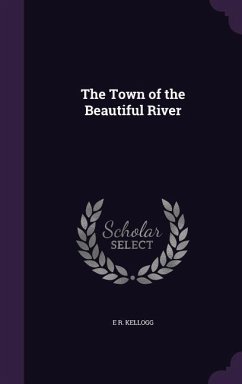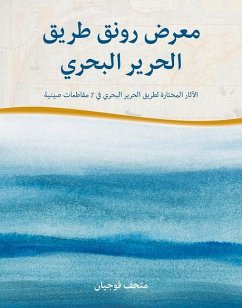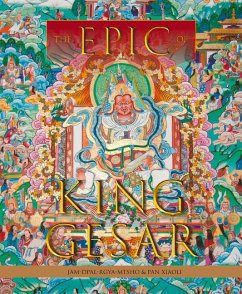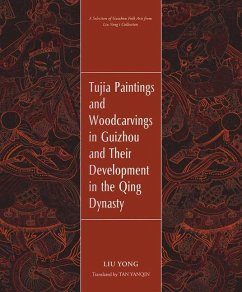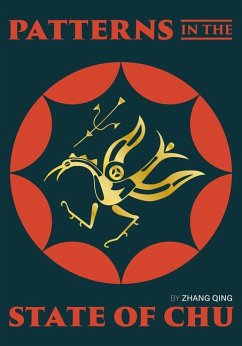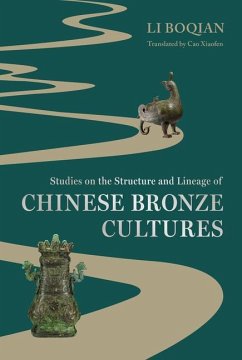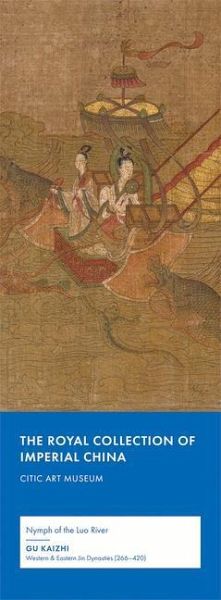
Nymph of the Luo River
Versandkostenfrei!
Versandfertig in über 4 Wochen
558,99 €
inkl. MwSt.

PAYBACK Punkte
279 °P sammeln!
Handscroll; Ink and color on silk; 909cm(width)*22cm(height) This scroll inspired by Cao Zhi's "Ode to the Nymph of the Luo River," a poem from the Three Kingdoms period that describes the admiration Cao held for the Nymph, and expresses the melancholy feeling caused by the insurmountable divide between the goddess and the mortal. The scroll repeatedly depicts the same group of main characters in different scenes, using rocks, trees, and streams to divide each scene. Through this approach, the painting is simultaneously segmented and continuous. Rendered in exquisite, vigorous, yet unadorned l...
Handscroll; Ink and color on silk; 909cm(width)*22cm(height) This scroll inspired by Cao Zhi's "Ode to the Nymph of the Luo River," a poem from the Three Kingdoms period that describes the admiration Cao held for the Nymph, and expresses the melancholy feeling caused by the insurmountable divide between the goddess and the mortal. The scroll repeatedly depicts the same group of main characters in different scenes, using rocks, trees, and streams to divide each scene. Through this approach, the painting is simultaneously segmented and continuous. Rendered in exquisite, vigorous, yet unadorned lines and color washes resembling the threads produced by silkworms in spring, the brightly colored scroll features a painting technique known as "kong gou wu cun," used mainly in depicting landscapes, especially of mountains and rocks. The technique is used here to paint mountains, streams, trees, and rocks. Later generations have commented that in the scroll, "figures and boats are disproportionately large compared to the mountains and rivers."



